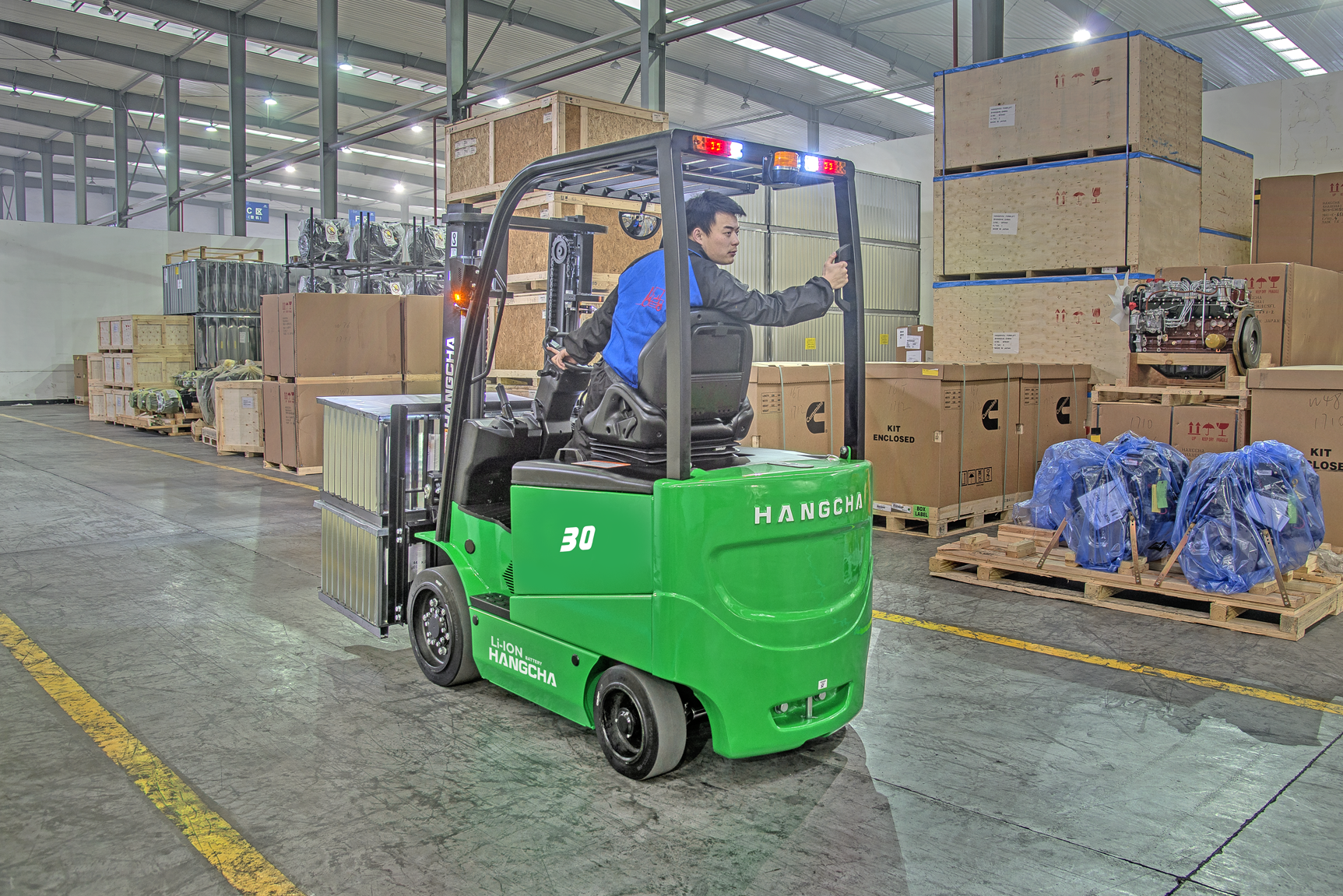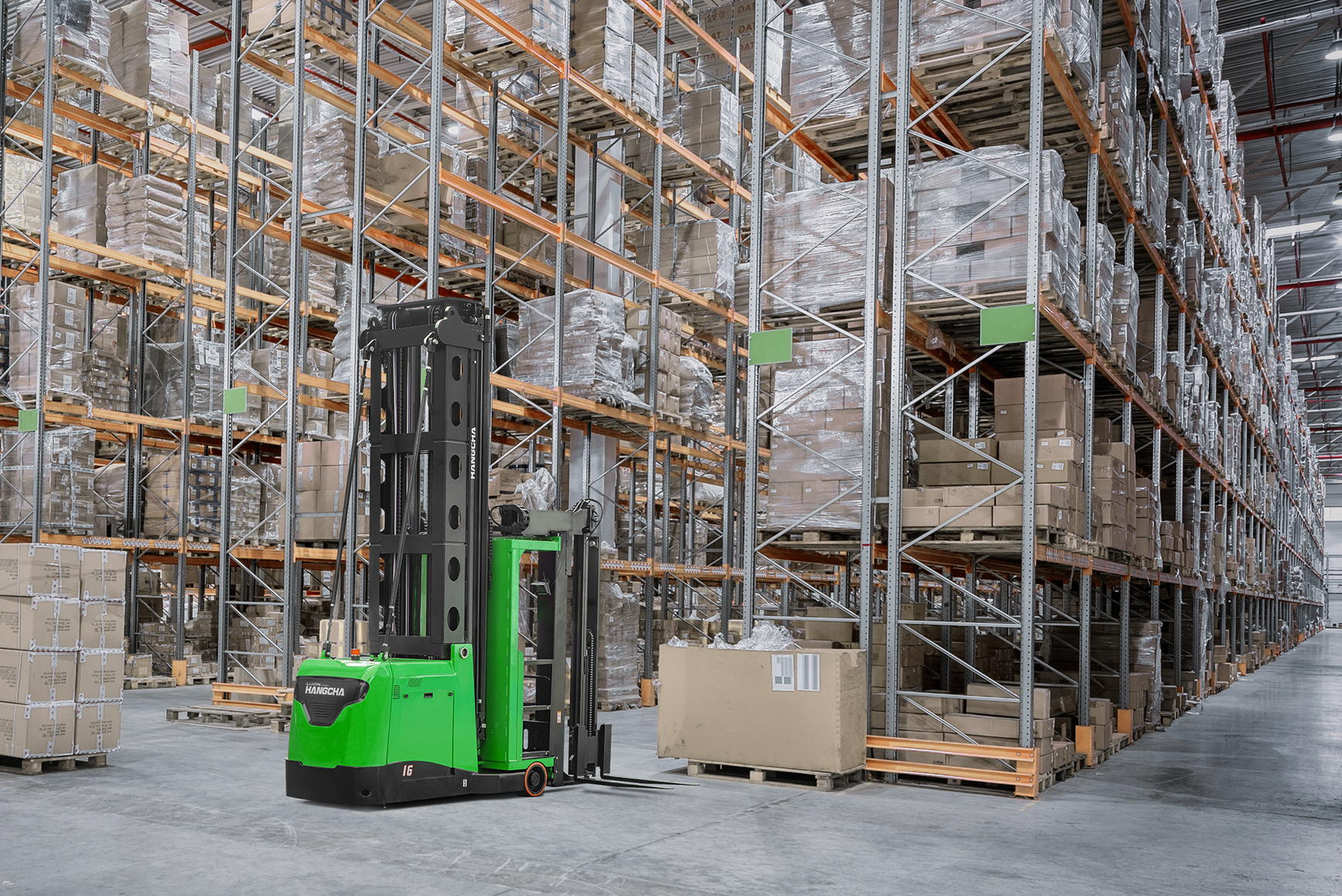Buying a used forklift can be one of the smartest moves a contractor or warehouse manager makes — but only if it's done right. A reliable preowned machine can save you thousands upfront, reduce depreciation costs, and keep your operations running smoothly.
But not all used forklifts are created equal. Some have been properly maintained and gently used. Others have been worked hard, poorly serviced, or repainted to hide serious wear. That’s why knowing what to look for — and what to avoid — matters.
Here’s a practical guide to help you inspect, evaluate, and confidently buy a used forklift that serves your business well for years to come.
Why Buying a Used Forklift Can Make Sense
Before we jump into the checklist, let’s cover why the used market is often a better choice than buying new.
Advantages of buying used
- Lower upfront cost — often 30–50% cheaper than new
- Faster ROI — you recoup your investment quicker
- Minimal depreciation — most depreciation happens in the first year of new ownership
- Proven performance — many used forklifts are coming off lease with known service histories
If you find a well-maintained machine with reasonable hours and documented service, you’re getting dependable performance without the new-equipment price tag.
Inspection Checklist: What to Check Before You Buy
A proper inspection is non-negotiable. Here’s where to start
1. Forks and Mast Assembly
The forks and mast are critical to lifting — and any wear or misalignment here is a red flag.
- Inspect forks for cracks, bends, and welding repairs
- Check fork thickness — if the heel is too thin, it’s worn
- Operate the mast — lift and lower fully to check for binding or jerky movement
- Watch the chains — they should move smoothly without kinking
- Inspect rollers and rails — look for signs of grinding or track damage
Red Flag: Welds on forks or mast components could signal prior failure — which could repeat under load.
2. Hour Meter and Usage History
Most forklifts are rated for about 10,000 to 12,000 hours depending on make, model, and usage.
- Check the hour meter for total run time
- Ask for logs or maintenance history to match hours to service intervals
- Low hours + poor condition = suspicious — someone may have replaced the meter
- High hours aren’t always bad — if maintenance was consistent and thorough
Pro Tip: Electric forklifts typically handle higher hours than internal combustion models due to fewer moving parts.
3. Tires
Tires affect safety, stability, and overall handling. Bad tires are a cost you’ll bear soon after purchase if you don’t catch it now.
- Look for chunking, cracking, or flat spots
- Check wear lines — cushion tires often have a 50% wear line molded in
- Uneven wear may point to alignment issues or poor operator habits
- Ensure the right tire type — pneumatic for outdoor, cushion for smooth indoor use
Red Flag: Deep cracks or sidewall damage = replacement needed. Factor in ~$300–$500 per tire for solid pneumatics.
4. Brakes, Steering & Hydraulics
These systems keep your forklift safe and responsive. Test them thoroughly:
- Brake pedal feel — should engage quickly and stop smoothly
- Check steering response — no excessive play or lag
- Hydraulic lift/lower tilt — smooth, consistent movement without squeals or jerks
- Look for fluid leaks under the lift or at fittings and hoses
Pro Tip: Operate the forklift on a slight incline to test braking under light load.
5. Powertrain or Battery Condition
The heart of any forklift is its engine or battery system. Here's how to assess both:
For Internal Combustion (Gas, Diesel, Propane):
- Start the engine cold — rough idle or hard starts may indicate issues
- Check exhaust color — white = coolant, blue = oil, black = too rich
- Inspect hoses and belts for wear or leaks
- Listen for unusual knocking or ticking
For Electric Forklifts:
- Inspect battery terminals for corrosion or swelling
- Ask about amp-hour rating and voltage
- Confirm charge retention and run time
- Look for acid leakage on tray or connectors
Red Flag: Batteries that don’t hold a charge may need full replacement — costing up to $3,000.
Watch Out for These Common Red Flags
You’ve inspected the major systems. Now step back and evaluate the machine as a whole.
Signs something might be wrong:
- Fresh paint over key components — could be hiding damage
- Inconsistent serial numbers — may not match original parts
- Lack of maintenance logs or service stickers
- Hard-starting, stalling, or smoking on startup
- Excessive vibration, especially under load
- Unusual welds or aftermarket modifications
How Much Should You Expect to Pay?
Used forklift pricing varies by:
- Brand (Toyota, Hyster, Yale, etc.)
- Power type (Electric vs. IC)
- Hours of use
- Age and model year
- Lift height & capacity
- Attachments included
Where to Find Quality Used Forklifts in Houston
If you're in the Houston area, buying locally lets you:
- Inspect equipment before purchase
- Avoid costly shipping
- Get faster service and support
Look for dealers that:
- Have a physical showroom or yard
- Provide full inspection reports
- Allow test drives or demo appointments
- List hours and photos of actual units on their site
Want help? Our team at TX Equipment Source can walk you through current inventory, pricing, and inspections — no pressure, just real help.





